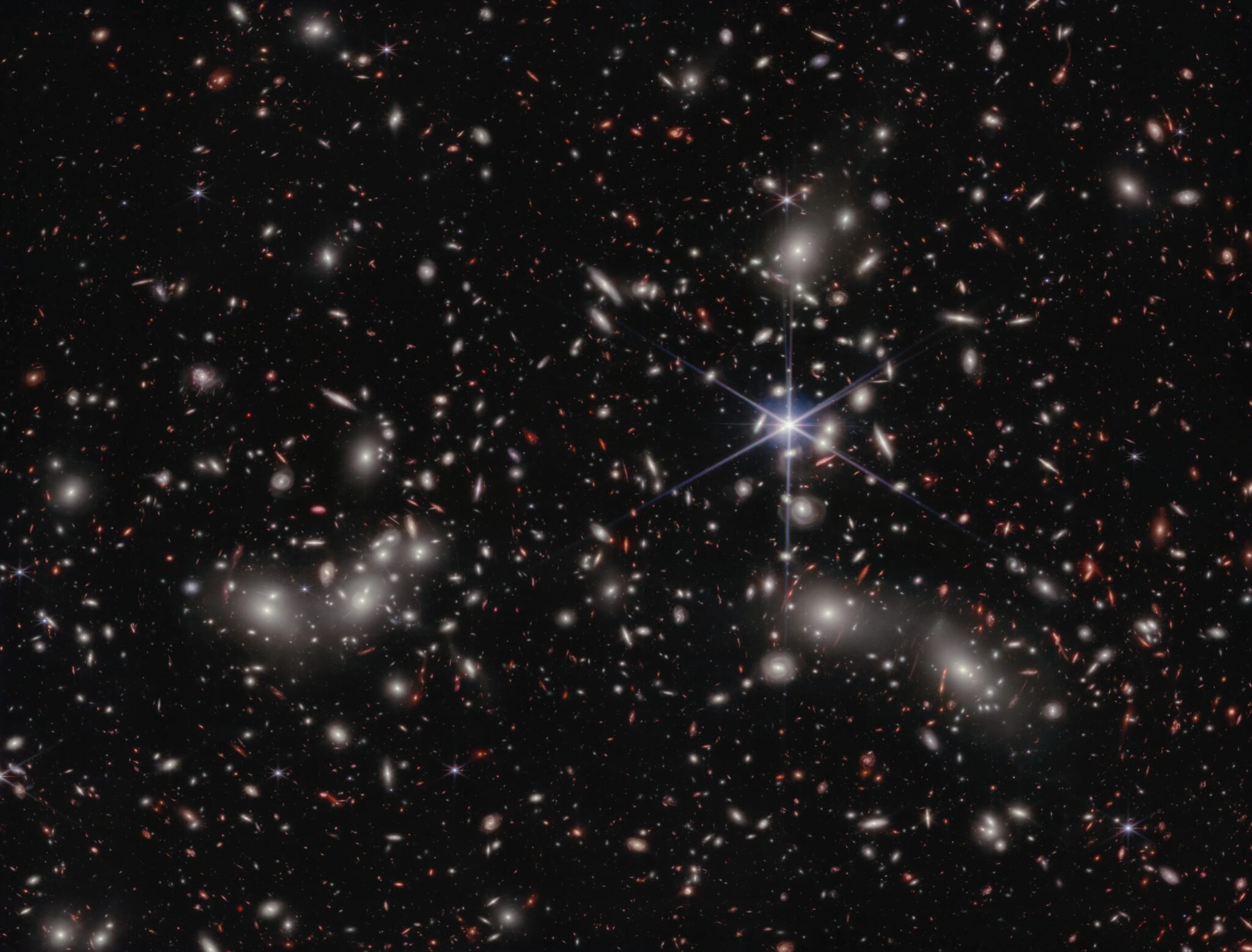At the beginning of the year, astronomers thanks to the James Webb Space Telescope made an important discovery: hundreds of galaxies called Little Red Dots were found in one of the oldest regions of the Universe. These are small structures that are only 2% of the size of the Milky Way. Their nature remains a mystery to scientists, because they can be different objects depending on how they are observed.

These objects, which look like tiny galaxies, only existed for a period of about 600-800 million years after the Big Bang, and now they have disappeared. Determining their nature is crucial for understanding the evolution of the Universe. There are two main hypotheses regarding their nature.
The first hypothesis suggests that these are incredibly dense galaxies that can contain up to 100 billion stars, like the Milky Way, but occupy a much smaller volume. This can be represented as the population of China fitting into one room. The second hypothesis points to the possibility of supermassive black holes in these galaxies, but their sizes seem too large for such compact galaxies.
A special property of “little red dots” is that they can look different depending on the method of observation. On the one hand, the presence of black holes indicates specific emission lines in the spectrum of light, which supports the black hole hypothesis. However, the lack of X-ray emission characteristic of black holes argues in favor of another theory — that these objects are just stellar galaxies.
Smithsonian Institution astrophysicist Fabio Pacucci believes that perhaps the blocking of X-rays is due to the huge density of material around black holes, or the radiation comes in a different spectrum. Regardless of which hypothesis is correct, the discovery of “little red dots” could dramatically change our understanding of the evolution of the Universe.
We previously reported on how James Webb captured a rare gravitational lens.
According to The Conversation


